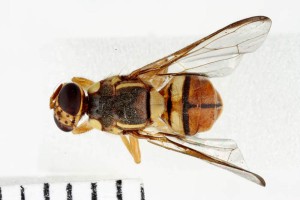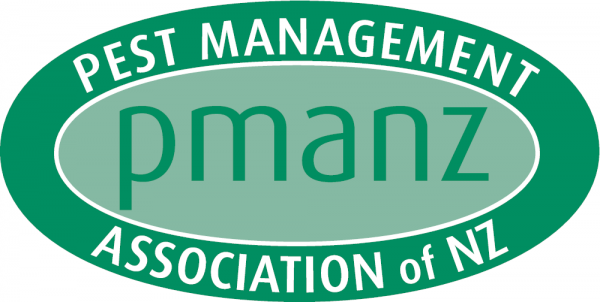
On 3 January 2025, a single male Oriental fruit fly was found in a surveillance trap in the Auckland suburb of Papatoetoe. Biosecurity New Zealand has mounted an operation to determine whether there are more fruit flies and get rid of any population to protect the horticulture industry and home gardens.
Why this is a problem for New Zealand
The Oriental fruit fly can affect over 300 hosts including apple, kiwifruit, citrus, and tomatoes. A population of Oriental fruit fly would cause control costs, production losses, and some countries might stop accepting our exported produce.
What's the situation?
The single male Oriental fruit fly was found in a surveillance trap in a suburban back yard. Checks to date of 187 other traps in the Papatoetoe/Māngere area did not find any exotic fruit flies in them.
Papatoetoe/Mangere under a Controlled Area Notice (CAN)
An area of Papatoetoe is under a Controlled Area Notice. This is effective from 4 January. This restricts the movement of certain fruits and vegetables out of the Controlled Area to help prevent the spread of any fruit flies if there are more out there.
About the Oriental fruit fly
The Oriental fruit fly is widespread in Africa and Asia. In Oceania, it is present in Christmas Island, Papua New Guinea, Palau, Hawaii and Tahiti. However, it is absent from Australia.
It can affect over 300 hosts including apple, kiwifruit, citrus, and tomatoes. Adult flies lay eggs into fruit. The young stages (maggots) feed inside the fruit, causing it to rot and become unmarketable.
Adult flies:
are a little larger than a housefly (6mm to 8mm long)
have a dark "T" shaped marking on the abdomen (the part behind the waist)
usually have a bright yellow and orange abdomen (but can vary)
have clear wings
The thorax (behind the head) is dark or near black with 2 near parallel yellow thin strips running down each side of the thorax
The female fly has a pointed "sting" to lay eggs inside fruit (but she can't sting or bite people).
Larvae look like white long-grain rice.
